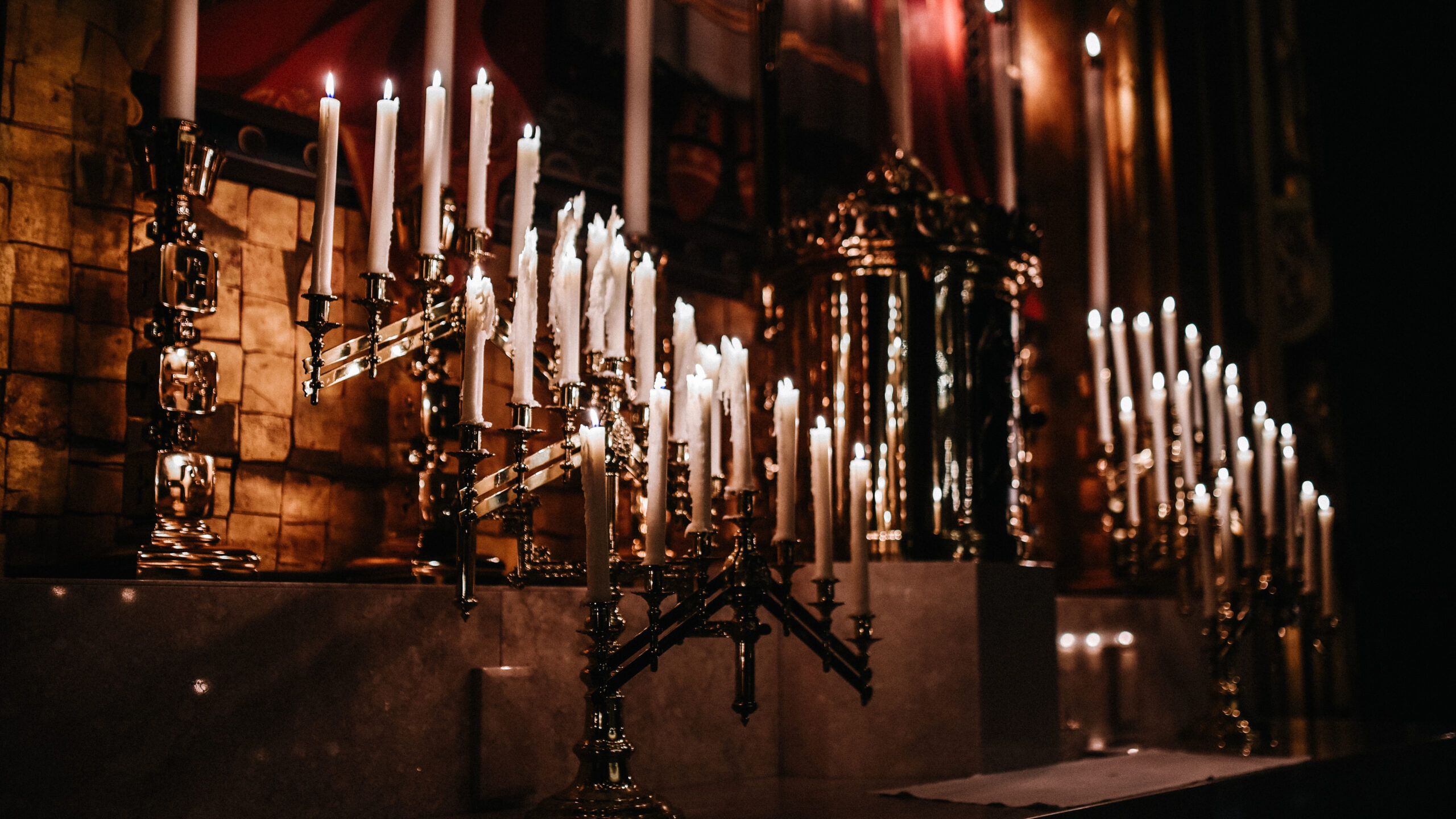Today is the Feast of the Presentation of the Lord, a day that is also known as Candlemas.
The Presentation of the Lord commemorates the Lord Jesus’ participation in a ritual encoded in the Mosaic Law in which a newborn child had to be “redeemed” through the performance of a prescribed sacrifice. Christ “embeds” himself through his Incarnation in the people he has chosen to be his own. He makes himself an Israelite and accepts that people and culture as his own. His willingness to participate in this ritual indicates the election of Israel by God in terms of its mission to bear into the world the divine presence and to become the means through which communion with the one, true God would be extended to the whole world.
The event of the Lord’s Presentation also foreshadows his Paschal Mystery. Christ will make of his suffering and death a sacrifice, a redemptive offering in which humanity’s reconciliation with God will be accomplished. The Lord will be revealed—in the event of Christ’s passion—to be a God who is willing to forgive, even to the point of placing himself in the position of the sinner! Such is God’s solidarity with humanity in Christ!
The readings for today all orientate us toward Christ’s revelation as priest.
The prophet Malachi envisions the divine presence entering the temple, and once this happens, the God of Israel reigns as the ruler of Israel, effecting the restoration of his people and setting them all in right relationship with himself. Christ in his Incarnation is this divine presence, and his entry into the temple is happening at the moment of his Presentation.
The Letter to the Hebrews reminds us that Christ’s sacrifice was to enter into the fullness of our humanity by accepting for himself a human nature and uniting it to his divine nature. Christ does this for our benefit and through this Incarnation makes of himself a gift that is for us.
In this respect, Christ is a priest; the sacrifice that he offers is himself, and the beneficiary of this sacrifice is all of us.
The Gospel of Luke highlights the event of Christ’s presentation in the temple as the revelation of the divine presence, which the prophet Ezekiel had seen abandoning the temple centuries earlier, returning to the great sanctuary. Christ is the divine high priest who comes to his temple to offer sacrifice, but more than this, Christ is the divine presence. With the arrival of the divine presence, a new age for Israel and for the world begins—the age of the Messiah.
Simeon and Anna can see this revelation and appreciate it. For them, the moment is as profound as it is bittersweet, for they know that with the beginning of this new age for Israel, the previous era has ended. Their mission is now complete. The Israel of the covenant, the prophets, the law, the temple, and the kingdom has been brought to its fulfillment. All these divine gifts were foreshadowings of the greatest of all divine Gifts: Christ the Lord—God with us.
The gifts of Israel will be returned to the world, but they will all be transformed in Christ, becoming what we know and experience as the Church.
Candles that are used in the Church’s rituals are often blessed on this day and a procession is recommended with candles to commemorate the entrance of Christ into the temple.
The symbolism of the candle is meant to recall the divine presence, manifested to Israel at the time of the Exodus as a “pillar of fire.” This “pillar of fire” led the Israelites from bondage in Egypt to the land of God’s promise. Christ is this “pillar of fire” who leads humanity from the bondage of sin and death to the promises of resurrection and eternal life.
It is Christ, the divine fire, that leads us still . . .
This piece was originally published on February 2, 2016 on WordonFire.org.
